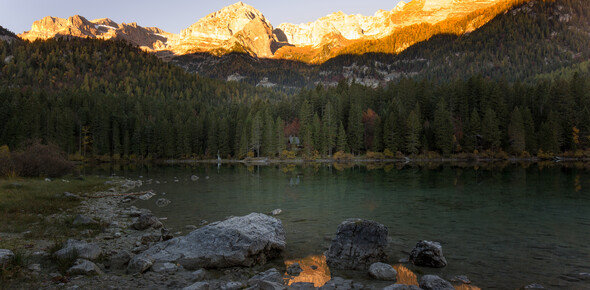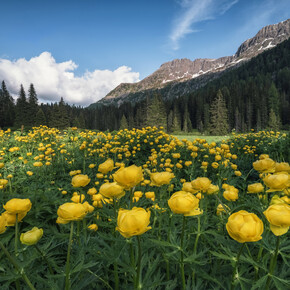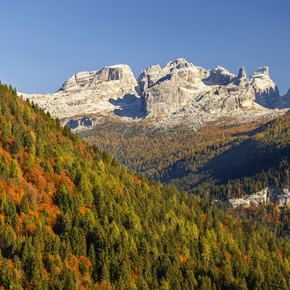A green jewel
What you need to know to protect Trentino’s alpine flora
Trentino is home to about 500,000 trees and over 2,300 varieties of plants. Walking or cycling along the trails is a fantastic way to discover this amazing green treasure.
For example, there’s the Monte Baldo Local Nature Park, also known as Hortus Italiae, a carpet of plants and wild flowers overlooking Lake Garda and the Adige valley. Between May and June carpets of snowdrops unfurl along the paths, as well as gentians, red lilies and, on the rocks, silvery crane's bills.The most common species, such as lilies and globeflowers, create a unique spectacle on the high-altitude meadows.
Another treasure trove of biodiversity is the Viote Alpine Botanical Garden on Monte Bondone. Founded in 1938, and spanning roughly 10 hectares, it is one of the largest and oldest botanical gardens in the Alps. It is home to over 1500 high-altitude plants, including some which are exceptionally rare.
Preserving this wonderful yet fragile variety of flora requires care and insight. This is why we kindly ask you to adopt a few measures when walking in forests or on mountain meadows. These small changes improve the relationship between humans and the natural world.



